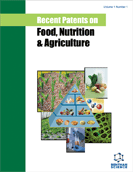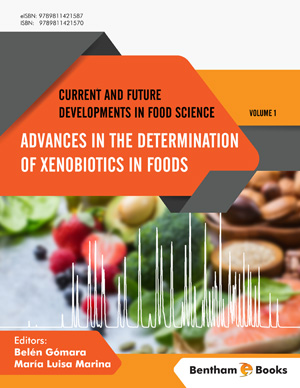Abstract
Saponins are a large family of biologically active amphipathic glycosides of triterpenoids and steroids. These high molecular weight glycosides consist of an oligosaccharide moiety linked with an aglycone, also known as sapogenin (triterpenoid or steroid). Therefore, structurally saponins are classified into two categories, i.e., triterpenoid saponins and steroidal saponins. They have foaming capacity. They are produced mainly by plants belonging to classes Magnoliopsida and Liliopsida and marine organisms such as starfish, sponges and sea cucumbers. They are non-essential for basic plant metabolism, however, they are produced as secondary metabolites in plants in the presence of biotic and abiotic stresses. Saponins are found in all parts of the plant, including flower, fruits, stem, leaves, etc. Many plants that have medicinal properties or are part of the human diet contain saponins. Their concentration in a plant depends on the type of tissue, physiology, genetic makeup and environment of the concerned plant. They impart a pungent and bitter taste to plants. Various studies across the globe have shown that saponins are chemopreventive, anti-tumor, antiinflammatory, anti-diabetic and anti-obesity in nature. In this chapter, an account of the role of saponins in the prevention and therapy of different health problems, especially cancer in human beings, is presented. This chapter consists of details about the structure, synthesis, sources and biological activities of saponins found in various plant sources used as food. An attempt is also made to compile results from different studies conducted globally to explain the protective and therapeutic effects of saponins.
Keywords: Abiotic stress, Anti-cancer, Anti-inflammation, Anti-tumor, Biotic stress, Chemoprevention, Saponins, Secondary metabolites.



















